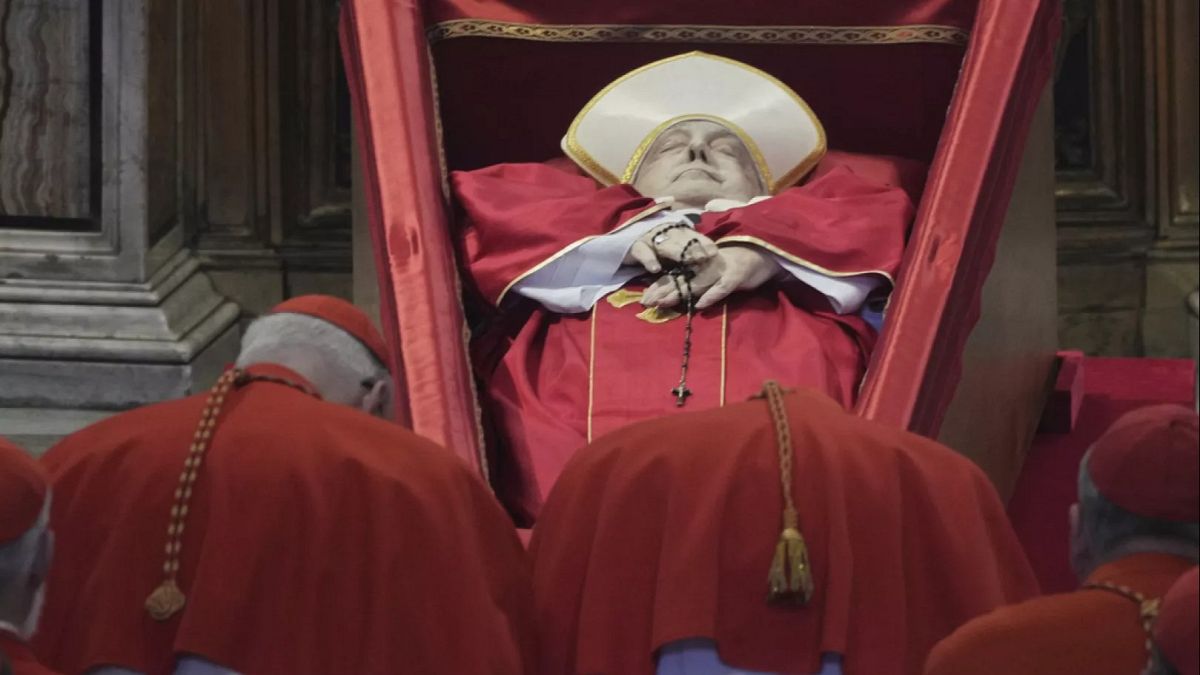From 11am on Wednesday 23 April, hundreds of thousands of faithful Catholics will be able to bid farewell to Pope Francis in St Peter’s Basilica,where the pontiff’s body will be on display until Friday.
For many devout Catholics, being able to see the pope after his death is not just a ritual but a gesture charged with spirituality and gratitude.
To ensure they can see him in person, Francis has undergone the preservation technique of tanatopraxy to allow public veneration without resorting to more invasive methods.
His body is displayed in a simple zinc coffin inside a wooden one, which will remain open during the ostension.
Before his death, Francis insisted that his body not be displayed on a catafalque, nor inside the usual triple coffin of cypress, lead and oak.
What is thanatopraxis?
Thanatopraxis is not mummification, but a body preservation technique used mainly for the public display of corpses.
The practice, regulated in Italy under a law passed in 2022, is considered a modern evolution of embalming, and is distinguished by the use of less invasive substances that are more respectful of the human body.
It consists of a hygienic preservation treatment that slows down decomposition processes, allowing the natural appearance of the deceased to be maintained for several days.
The procedure involves the injection of preservative fluids into the arterial system, the complete disinfection of the body, corrective make-up, and the arrangement of the hands and face to ensure a serene and composed appearance.
A centuries-old tradition
The use of thanatopraxis has a long history in the Catholic Church. For centuries, popes’ bodies have been preserved for spiritual reasons and for the practical demands of public veneration, as well as the sheer duration of funeral ceremonies.
In the past, popes were subject to embalming, a more invasive technique involving the removal of internal organs and the injection of substances such as formalin and alcohol.
Over time, however, more attention was paid to the dignity of the human body, prompting the church to adopt more discreet and respectful methods.
Thanks to tanatopraxis, Pope Francis’ body will be able to remain on view for several days, allowing for collective and solemn homage until his funeral on Saturday 26 April.

